The Evolution of NFTs in the Digital Age
From CryptoKitties to Beeple, non-fungible tokens (NFTs) have been making waves in the digital world. These unique digital assets have revolutionized the way we buy, sell, and trade digital art, collectibles, and other virtual assets. In this article, we’ll explore the evolution of NFTs and how they have transformed the digital landscape.
What are NFTs?
NFTs are unique digital tokens that represent ownership of a specific asset or piece of content on a blockchain. Unlike cryptocurrencies such as Bitcoin or Ethereum, which are fungible and interchangeable, NFTs are non-fungible, meaning each token is distinct and cannot be replaced with another token.
When you purchase an NFT, you are buying a one-of-a-kind digital asset that is stored on a blockchain, making it tamper-proof and verifiable. This technology has opened up new opportunities for creators to monetize their work and for collectors to own rare and valuable digital items.
The Rise of CryptoKitties
CryptoKitties is often credited as the first mainstream application of NFTs. Launched in 2017 by Canadian studio Axiom Zen, CryptoKitties is a blockchain-based game that allows players to collect, breed, and trade virtual cats. Each CryptoKitty is represented by a unique NFT, making them scarce and collectible.
The game quickly gained popularity, with some CryptoKitties selling for thousands of dollars. This phenomenon brought mainstream attention to NFTs and demonstrated the potential for digital collectibles on the blockchain.
The Emergence of Digital Art
Following the success of CryptoKitties, artists began exploring the possibilities of NFTs as a way to authenticate and sell their digital artwork. Platforms like SuperRare, Rarible, and OpenSea emerged as marketplaces for buying and selling NFT-based art pieces.
Artists could now create limited edition digital pieces and sell them as NFTs, allowing collectors to own unique works of art while supporting the creators directly. This shift has led to a renaissance in digital art, with artists experimenting with new mediums and reaching global audiences through blockchain technology.
The Beeple Effect
In March 2021, digital artist Mike Winkelmann, known as Beeple, made headlines when he sold a collage of his artwork as an NFT for $69 million at Christie’s auction house. The sale catapulted Beeple to fame and solidified NFTs as a legitimate form of art investment.
This historic event showcased the potential for NFTs to revolutionize the art world by providing artists with new avenues for monetization and giving collectors access to exclusive digital pieces. The Beeple effect inspired other artists to explore NFTs as a means of showcasing their work and reaching a global audience.
The Future of NFTs
NFTs have come a long way since the days of CryptoKitties. As more creators and collectors embrace this technology, we can expect to see further innovation in how digital assets are bought, sold, and traded. From virtual real estate to music royalties, the potential applications for NFTs are vast.
As blockchain technology continues to evolve and become more accessible, we may see an expansion of NFT use cases beyond art and collectibles. This could include tokenizing physical assets or creating new forms of decentralized ownership models.
Frequently Asked Questions (FAQs)
What makes an NFT valuable?
- Scarcity: The rarity or limited supply of an asset can increase its value as an NFT.
- Authenticity: The ability to verify ownership and provenance through blockchain technology adds value to an NFT.
- Cultural significance: The significance of the asset within a community or cultural context can contribute to its value as an NFT.
How do I buy or sell an NFT?
- To buy or sell an NFT, you can use online marketplaces such as OpenSea, Rarible, or SuperRare. You will need a cryptocurrency wallet compatible with the marketplace platform to complete transactions.
Are there risks associated with investing in NFTs?
- Market volatility: The value of NFTs can fluctuate based on demand and market trends.
- Regulatory uncertainty: As with any emerging technology, there may be regulatory changes that impact the value and legality of owning or trading NFTs.
- Fraudulent activity: Due diligence is required when purchasing NFTs to avoid scams or counterfeit items.
In conclusion:
NFTs have evolved from being associated with virtual cats into a legitimate form of ownership for digital art pieces through platforms like OpenSea, SuperRare & Rarible . With Beeple’s record-breaking sale at Christie’s auction house highlighting their potential in transforming the art world; we’re likely only seeing the beginning stages for what these tokens could represent.
As always when investing in any asset class; there are risks involved including market volatility & regulatory uncertainty- but if you do your research & invest wisely; you could stand to benefit greatly from this new technological development.
So why not dip your toe into this brave new world? Who knows- you might just find yourself owning something truly one-of-a-kind.
We hope this article has helped demystify some aspects surrounding Non-Fungible Tokens (Nfts). If you’d like more information on anything covered here; feel free ask us questions directly!
Feel free ask us any questions you may have about Non-Fungible Tokens (Nfts); we’re here help!


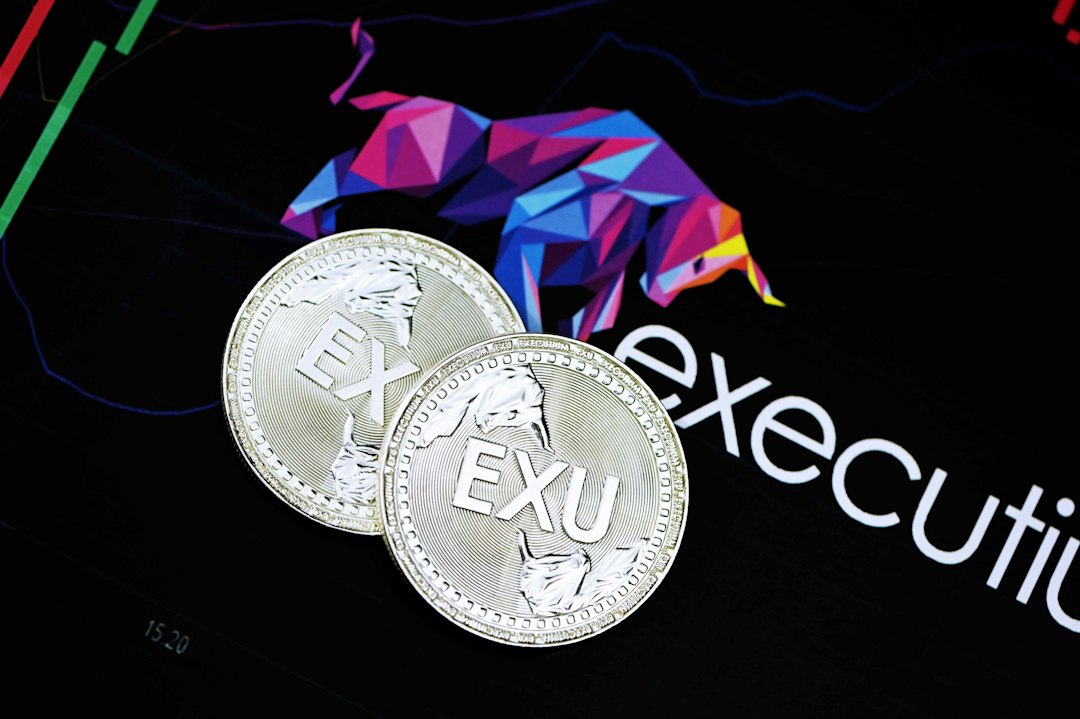
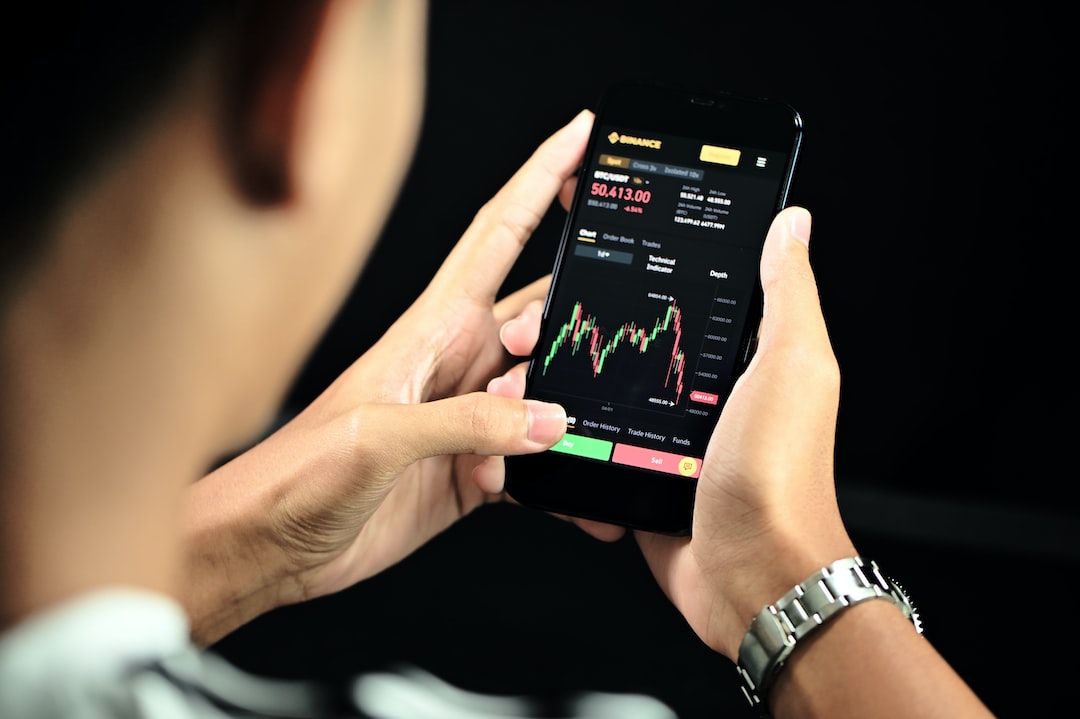

 By
By
 By
By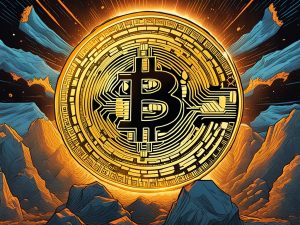
 By
By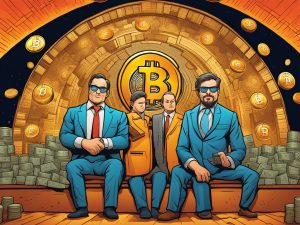
 By
By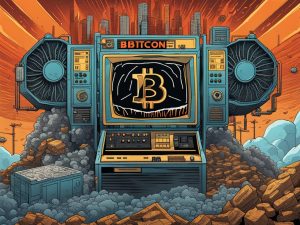
 By
By